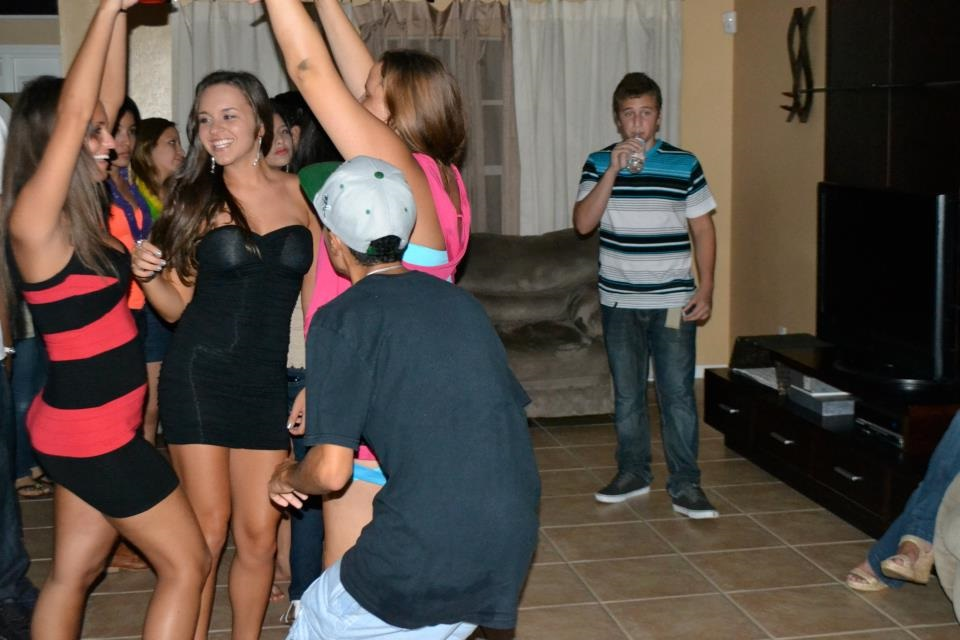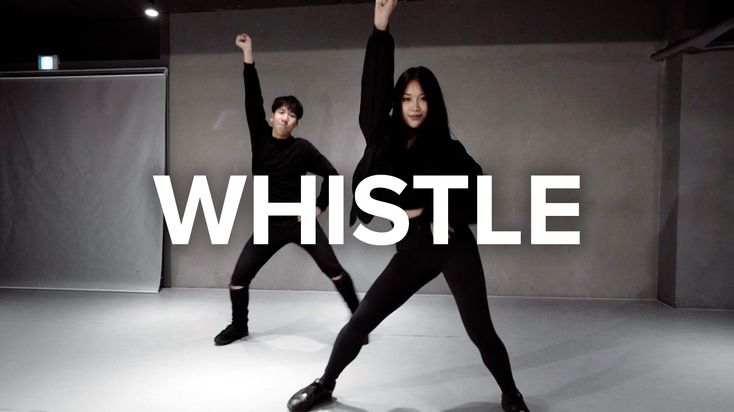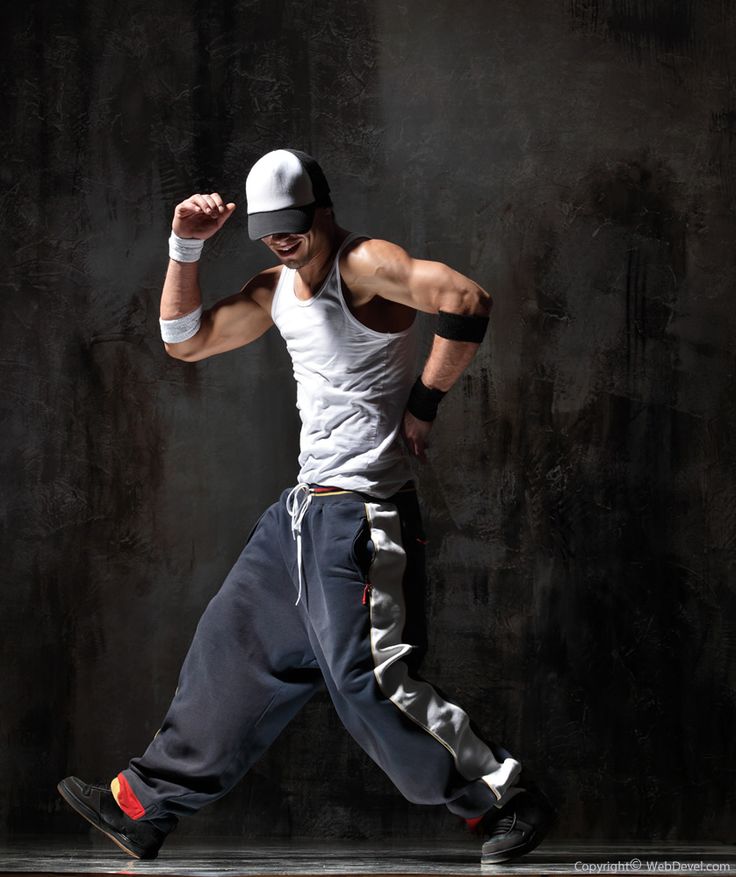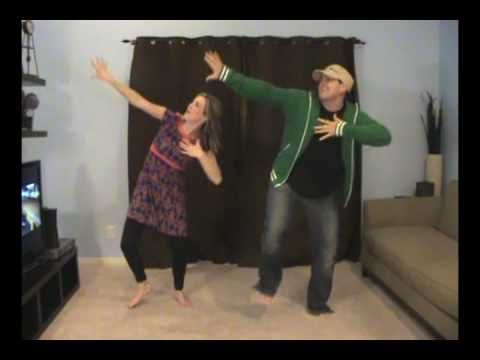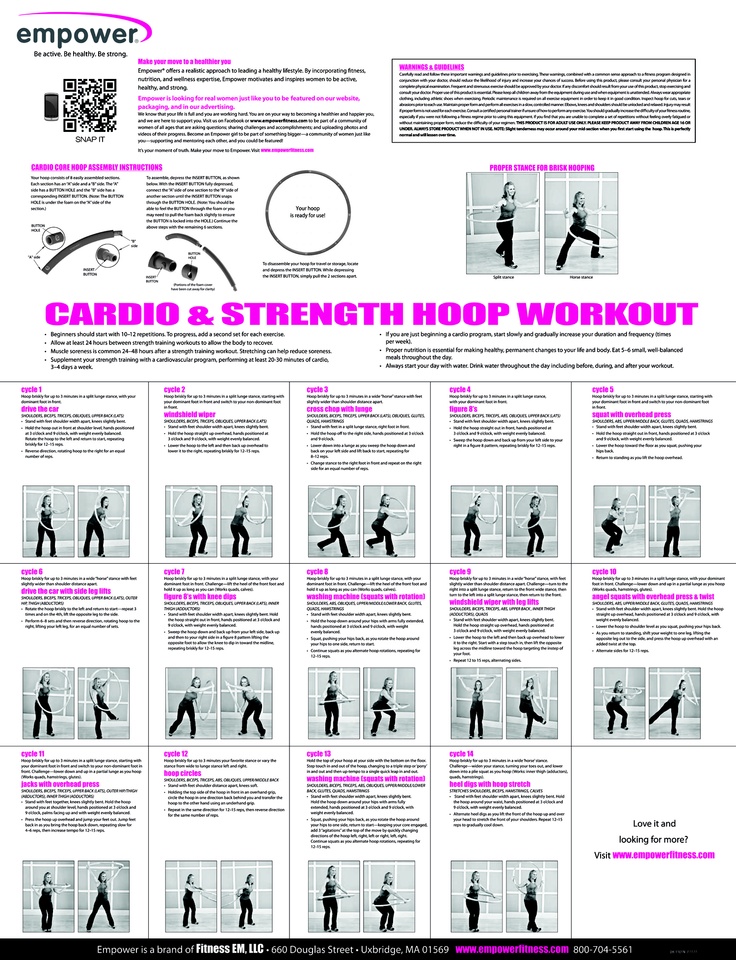How to dance good at a party
How to Dance at a Club or Party
You probably know people who can dance at a club without a second thought.
They just go out, have a few drinks, get down on the dance floor, and have a great night.
Meanwhile, you're seized by panic and insecurity just thinking about dancing at a club.
And whenever you do drag yourself out, you stay glued to the wall and watch everyone else let loose on the dance floor.
But guess what? Those awkward feels are completely normal. And we PROMISE you can overcome them!
Follow these 5 simple steps and never worry about feeling left out again.
1. Find the beat/rhythm as you make your way towards the dance floor
Don't expect yourself to bust out a Step Up routine out of nowhere as soon as you step foot on the dance floor.
This isn't a movie! Start small – really small – by just bobbing your head to the beat.
Do this before you even get on the dance floor. Think of it this way: Music is the one thing that lubricates the whole experience of being at the club.
It sets the mood as soon as you walk in until the moment you walk out. You have to be comfortable with the music first.
So start interacting with the music right away. You can listen and nod your head a you're holding your drink, hanging with a friend, or even sitting down.
This is an easy way to set yourself up for success on the dance floor before you even start dancing.
Your body will already have a handle on the rhythm, so you're more likely to stay on beat by the time you do get your feet steppin'.
Watch this video to learn how to find and count beats in music:
2. Start with a small bounce / groove
Once you're on, or around, the dance floor, start bouncing with your whole body.
Think of this bounce as a bigger version of your head bob. You're still moving to that same rhythm, but now with your knees, core, and chest.
You know how a baby bounces on his knees when he hears a song he likes? Like that, but not as jolt-y.
Ease into those bounces calmly, then slowly build up your energy. This helps make your dancing look more natural.
Carlo Darang describes what a bounce / groove is in this video:
3. Learn simple steps
Got a handle on the music? Great.
Started bouncing with your body? Check. Now, let's get your feet moving!
But wait – you won't know which foot to step where without any practice.
So learn a few basic dance steps before you go to dance at a club.
This video will teach you how to do 3 basic dance moves that work with any song:
Wanna learn more basic party moves like these?
Check out Bianca's "Intro to Dance" program on STEEZY Studio! It'll teach you everything you need to know to get down on the dance floor.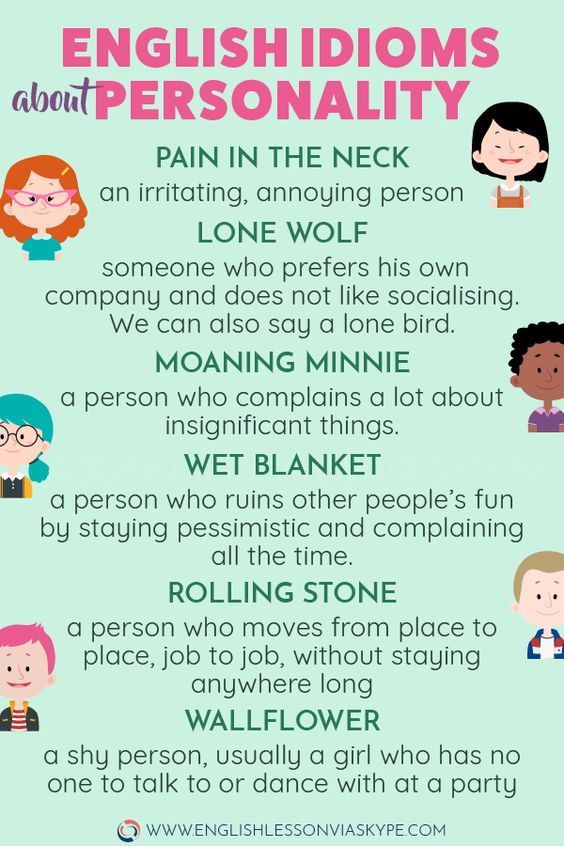
Click here to take the first 4 classes for free.
4. Let loose
Now that you've got the basics of dance down, it's time to put on a few finishing touches to make sure you look comfortable and confident with every move.
These quick tips will help you refine your dancing so you look more loose, groovy, and comfortable:
5. Join the party
By this point, you've got a handle on dancing 1. on beat 2. with your whole body 3. using steps.
But you didn't come to dance at a club to do all this alone!
Once you have that base, dance with the people around you.
If you're in a crowd or a group of friends, then you can play off of their movements and energy.
Mimic the moves your friends are doing, lip sync with them, rap Nicki's entire verse in Motor Sport from memory.
And if the DJ or song lyrics tell you to do something (like put your hands up or jump), then do it!
These are little things you can't predict or practice – remember that you're out to have fun, not to play DDR in your head.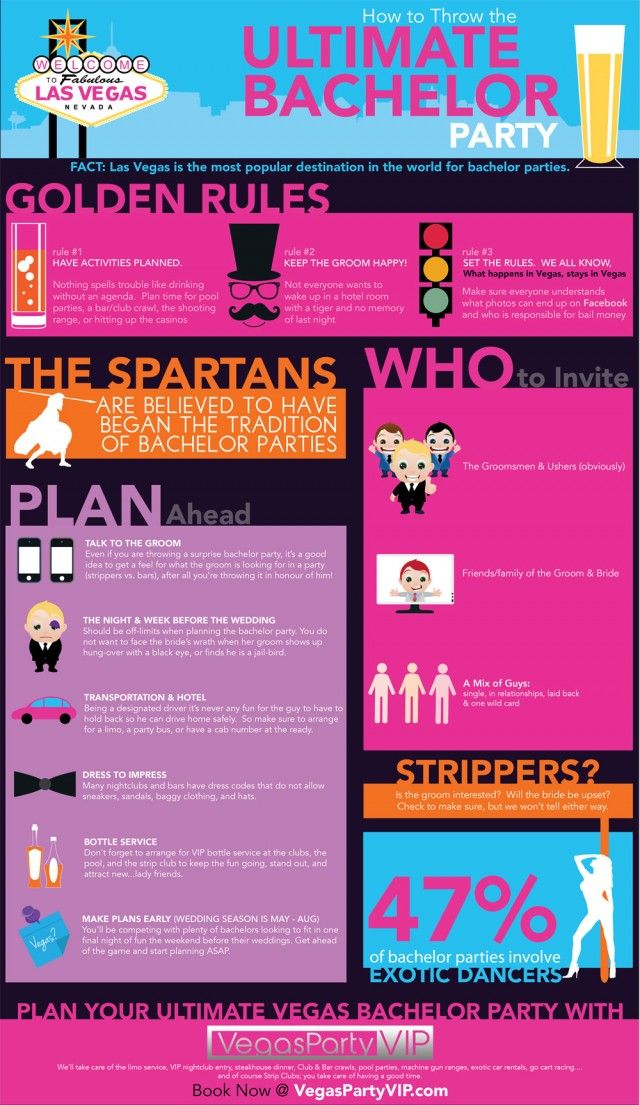
Grinding (or whatever you call it) on someone is its own topic – but whether you're dancing with one person or a whole group of people, the most important thing to do is to... Stay in rhythm!
You and your partner or friends could be doing totally different things. They could be jumping while you're pumping your arms.
She could be swaying side to side as you're 2-stepping.
But as long as you're moving to the same beat, it'll still feel like you're dancing together.
(The closer you physically get, though, the more similar you want your movements to be so that you don't end up hitting each other or creating friction between your moves. Dance with them!)
---
I hope these tips help you kiss those insecurities goodbye!
Follow these 5 steps and you'll realize that it's possible, and actually quite easy, to dance at a club.
You just need the right resources, some practice, and a dash of confidence. ;)
Have fun!
10 Tips for Good Dance Party Manners
Subscribe Today!
A dance party can be a great place to practice your skills, if you take the right approach.
The key to social dancing is building the ability to dance with anyone, to any music, anywhere in the world. The practice parties at Arthur Murray are the key component to developing your confidence in a supportive, supervised environment. Utilizing this list will lay the basic groundwork necessary for dance party skills at Arthur Murray, or anywhere else you take your dancing.
10 Tips For Good Dance Party Manners
1. Ask & You Shall Receive!Don’t be afraid to ask anyone to dance at parties, even if you are a follower. When asked to dance, try to accept every time; this makes us all better dancers and builds confidence.
2. Let the Leaders Lead and the Followers Follow.Stick to your own role on the dance floor regardless of who you’re dancing with. Everyone will become a better dancer when they can practice their part.
3.For more information on Leading and Following, we recommend "What Is Leading and Following in Ballroom Dancing?"
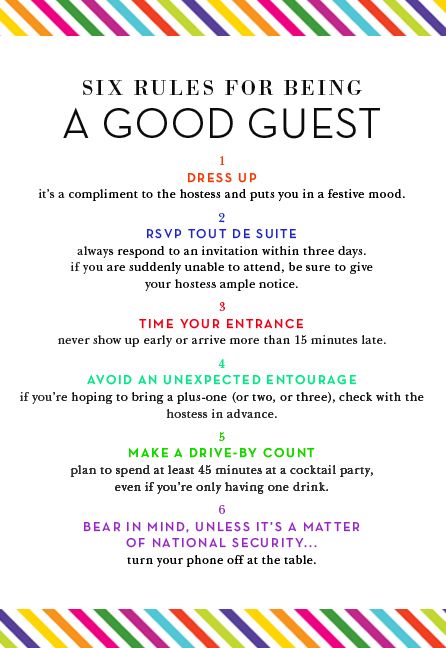 Nothing Says, “Sorry,” Like Saying, “Sorry.”
Nothing Says, “Sorry,” Like Saying, “Sorry.”Accidents on the dance floor are inevitable, so apologize if you bump into someone - even if it’s not your fault. “Oops, pardon us!”
4. Be Appropriate.No one wants to dance with someone who makes them uncomfortable, so use respectful language, and be mindful of your partner's personal space.
5. Altoid Anyone?For more on this, we recommend "49 Steps To Great Ballroom Dance Etiquette"
Having fresh breath will not only save you from the embarrassment of being the person at the party that no one wants to dance with but it's also a courteous gesture for everyone who gets close to you.
6. A Little Deodorant Goes a Long Way. The last thing anyone wants is to offend their dance partner with body odor. So bust out your favorite cologne,perfume and deodorant!
So bust out your favorite cologne,perfume and deodorant!
After each dance, lock arms with your partner and escort her off the floor. No one wants to be left stranded in the middle of a dance floor alone!
8. Middle Ground is Safe Ground.The middle of the floor is usually safest and less congested than the edges. So if you or your partner is new to dancing, keep to the middle of the floor to avoid accidents.
9. Thank You, Come Again!Any great dance partner says thank you after every dance because it encourages their dance partners to come back for more.
10. Have Fun!For more dance partner ideas, we recommend: "7 Things Your Dance Partner Needs To Hear You Say"
If you aren’t having fun on the dance floor, chances are your partner isn’t either. So let loose! Smile and have some fun!
So let loose! Smile and have some fun!
Recommended Read: 10 Essential Practice Party Tips for New Dancers
We would love to include you as an Arthur Murray Live subscriber. This way, you'll receive one email, once a week, with all of our best articles. From Dance Advice to Dancing with the Stars, and anything in between.
| FAQ: What is an Arthur Murray Practice Party? | |
| FAQ: Should I Take Private Lessons or Group Class? | |
| The Path to Your First Dance Lesson: An Emoji Tale | |
| The Dancer's Journey | |
| 31 Things Your Dance Partner Wants to See You Do | |
| 9 Joy Killing Behaviors That Can Doom a Dance Partnership | |
| Why Dance Teachers Leave | |
| 5 Life Lessons From Viola Davis |
Subscribe to Updates
Popular Posts
Recent Posts
POSTS BY TOPIC
SALT LAKE CITY
389 West 1830 South Suite 500,
Salt Lake City, Utah 84115
801. 413.0100
413.0100
More Info
Hayward
22445 Foothill Bld,
Hayward, CA 94541
510.537.8706
More Info
Livermore
1947 2nd St.
Livermore, CA 94550
925.456.5556
More Info
Redwood City
344 Walnut St.
Redwood City, CA 94063
650.216.7501
More Info
Walnut Creek
1536 Newell Ave,
Walnut Creek, CA 94596
925.301.4123
More Info
San Francisco
211 Austin St,
San Francisco, Ca 94109
415.530.2776
More Info
San Rafael
1654 2nd Street Suite B,
San Rafael, California 94901
415.578.4901
More Info
extravaganza'19
Buy Your Tickets Here!
How to dance at a party: advice from British GQ editor-in-chief Dylan Jones
The main thing to remember when throwing yourself on the dance floor: no one is looking at you. Do not be afraid that you will be laughed at and that everyone is just waiting for you to get tangled in your own feet.:no_upscale()/cdn.vox-cdn.com/uploads/chorus_asset/file/3046258/2014_01_305-fitness-1.0.jpg) Believe me, no one is interested in this, especially if you behave decently.
Believe me, no one is interested in this, especially if you behave decently.
In the event that your dancing experience is zero - or if you once tried and did not like it - you need to learn two simple truths first. Firstly, women like it when a man dances well, so if you are a complete layman in this matter, you should strain yourself. Secondly, no one expects great things from you in all your endeavors. Personally, I am able to dance to anything, but when a DJ puts on I'm So Excited by The Pointer Sisters or something in the style of drum and bass, I immediately leave the dance floor. Not because I don't like such compositions - although at my age it would be forgivable - but because they are difficult to dance to. Not everyone can rock to any song, so if it has too many beats per minute, or a particularly jagged rhythm, or is too slow (like Just Be Good to Me by the SOS Band), feel free to go to the bar. Don't like reggae? Run to the toilet. Can't help laughing at the new Coldplay hit? Sit down.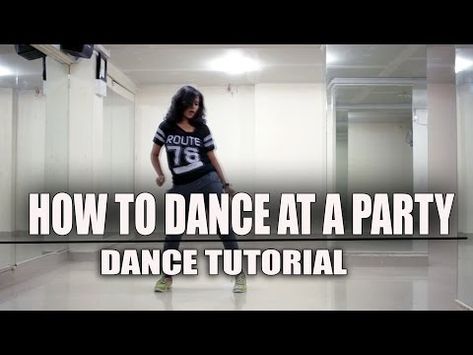
If you don't know how to dance at all, but circumstances require it, move by feel. Do not kick your legs - work with your body; bending your elbows, squirm with dignity to the beat of the music. It's really easy! Soon you will become bolder and begin to vary your dance moves; do it in proportion. No one expects you to turn into John Travolta - all his exploits in "Saturday Night Fever" were staged by a professional choreographer, so you should not go out of your way.
A few more important points. Don't slow dance unless you're holding a woman in your arms. Don't try to act like Bruce Springsteen from the Dancing in the Dark video or Kevin Bacon from the movie Loose and dance like a rocker, throwing out your arms and legs at the same time, like a drunken doll. It would also be nice to learn some traditional dance - for example, tango. The easiest way to learn is the twist, which can be danced to anything from Chubby Checker to George Michael's Faith. Put your foot slightly in front of you and start spinning on it, wobbling your hips; then “screw” yourself into the floor without bending your back, and then “unscrew” back up in the same way.
If you want to learn something spectacular, try the Highland Fling, one of the oldest Scottish dances. Raise your left hand and use it to draw the letter "c" above your head. Place your right hand on your thigh so that the thumb is pointing down and the other fingers are pointing back. With the emphasis on the left leg, stretch the right leg all the way and make a quarter-turn jump. Place your right foot behind the ankle of your left and again jump in a quarter turn, stretching your right leg as far as possible to the right side. Then do another quarter-turn jump, keeping your right foot in front of your left ankle (toes pointing to the floor). Repeat the movement, changing the right leg to the left and vice versa.
When the song ends, bow gracefully with a George Clooney grin. And remember: courage and recklessness are not the same thing.
Photo: Mr Jones' Rules for the Modern Man © 2006 Dylan Jones. Published with permission from Hodder & Stoughton. Illustration: Mitt Roshin
Do you check your mail often? Let there be something interesting from us.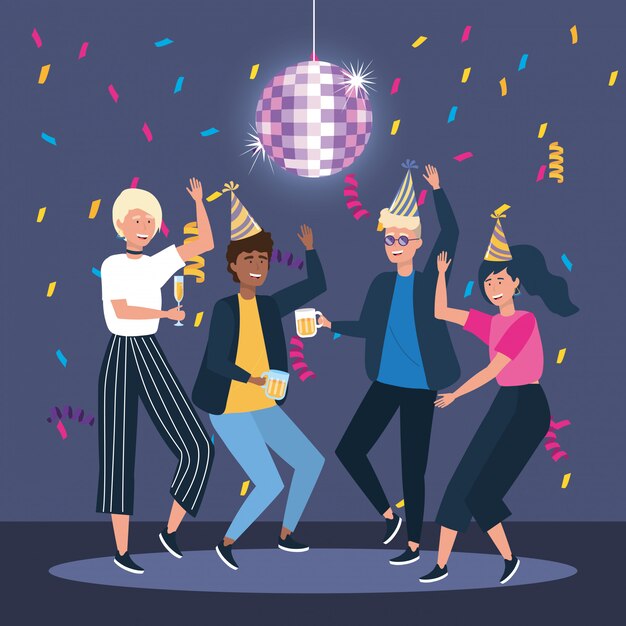
12 life hacks to quickly learn how to dance from Mamita Dance
dancing
Author: Pavel Sobiray
psychologist, salsa and tango teacher
dancing
Author: Pavel Sobiray
psychologist, salsa and tango teacher
At the start, you always want to get a quick result. When it doesn't happen, the hypothesis arises that everything takes time. After a conditionally acceptable time, humility comes to mastering pair dances, which, perhaps, is not given, and I will just do what I learned somehow.
This is the most common story of those who believe that the mere act of attending a pair dance class is enough to learn how to dance.
Absolutely not. If you want to really dance well, you have to make an effort outside of the dance class. A good teacher will definitely be needed, but the initiative should be on your side.
1. Listen to music
The most common and accessible advice that is given already in the first lessons.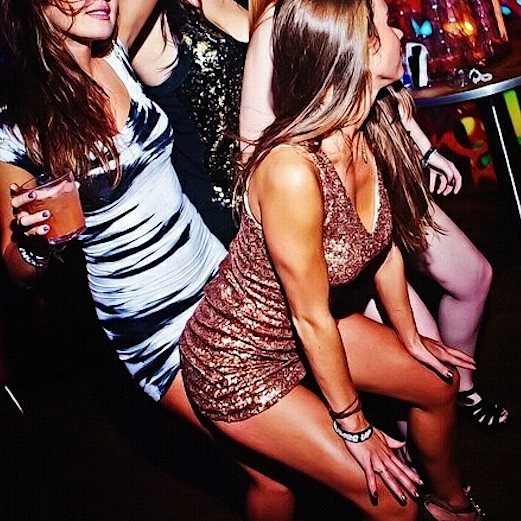 And it definitely works. Music creates a certain atmosphere of the dance and intuitively you want to move to it. It doesn't matter where you listen to music - in the car, on headphones while walking or doing household chores.
And it definitely works. Music creates a certain atmosphere of the dance and intuitively you want to move to it. It doesn't matter where you listen to music - in the car, on headphones while walking or doing household chores.
An addition that will help you dance better is your active participation in the music. Sing along, dance or simply beat musical accents with any free parts of the body. In the subway, for example, it is enough to tap out bright moments with your fingers, in the car to sing along with sounds, and at home you can jump for pleasure.
2. Watch videos of good dancers
It's complicated, but also obvious. It’s more difficult, because without recommendations from more experienced dancers, unfortunately, it’s not so easy to find a good quality video on the net (I mean not the resolution quality, but the content itself).
Meaningful viewing of the video is to form an understanding of HOW the dancers make this or that impression on the partner or the viewer. Technology is at the heart of everything. Understanding how the pros do it is a big step forward.
Technology is at the heart of everything. Understanding how the pros do it is a big step forward.
It is important to distinguish between a show and a disco dance, a choreographed performance from an improvisation, a stylized dance from an authentic one, etc. Ask for recommendations and dance instructors will always upload a couple of videos of worthy landmarks.
Tango Z. Showreel.
Online modern tango courses
Tango nuevo is the most advanced version of tango. We can quickly learn to dance from zero to a steep level.
| View details |
3. Dance in salsatecas/milongas/discotheques
A very delicate moment when you should come to the first party. From a technical point of view, most students in 1-3 months have a sufficient set of figures and techniques to come and dance calmly. Psychologically, the same moment can be stretched out for an indefinite time. After all, it is imperative to “not lose face”, “learn more figures” and be sure what to do in case “there is an unfamiliar movement”.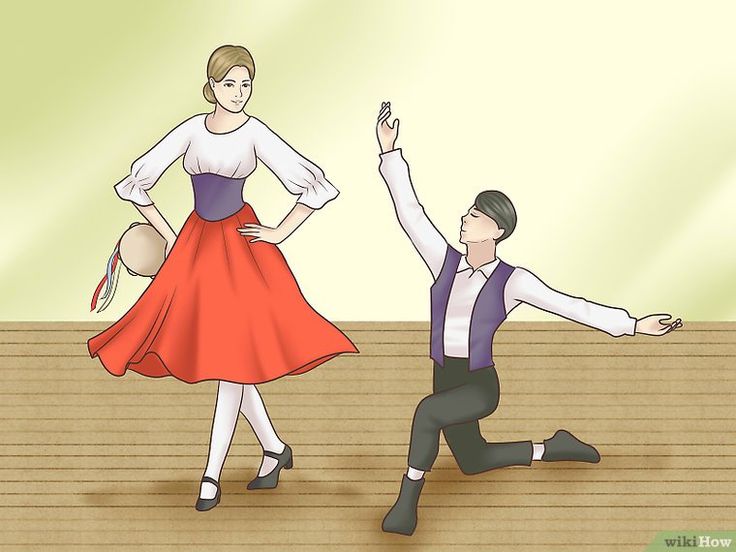
In fact, the partygoers don't really care (except for a small layer of non-professional teachers who want to help inexperienced dancers by treating them as customers in the future). It is important to come and try dancing after a month of classes. You can only with friends or guys from your group. This will be enough to feel the adrenaline and inspiration from the dance.
4. Dance with partners or partners not of your level
The conventional wisdom that you need to practice in groups of your level does not withstand the test of experience. Perhaps now your eyes widened in surprise, and you want to meaningfully read the phrase again. Yes, you saw everything correctly: when you dance with a partner of your level, you don’t grow anywhere.
It's important to understand that not only does it work one way and you have to dance with cooler dancers, but it works even more effectively the other way. It is no coincidence that teaching pair dances dramatically raises the level of the teacher himself.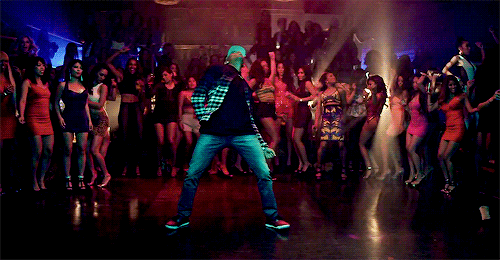 You have an endless stream of very beginner dancers.
You have an endless stream of very beginner dancers.
How it works. A more experienced partner needs to be "stretched". It's easy and obvious. With beginners, you need to take more initiative on yourself, see the general pattern of the dance more widely, turn on and insure more, try to be an example and be more careful. The quality of interaction begins to grow significantly. And wonderful partners too.
Dancing with partners of your level doesn't make you grow. Dance with beginners and more advanced dancers
Dominican Bachata Women's Style Online Course
Want to learn how to hypnotize those around you with the most appetizing part of your body? On the course we will tell you all the secrets.
| Interesting |
5. Learn to dance for a partner and for a partner
Turks and Argentines are one of the best partners in the world. In Russia, partners are highly valued.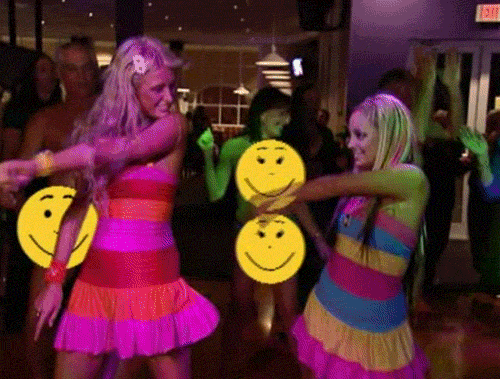 Why? The answer is simple. In Argentina and Turkey, it is not questionable for men to ask another man to lead in one piece or another and give feedback on the quality of the lead. For them, it will be a great shame to hear moralizing from a partner, or even more so to be known in the community as an insecure partner.
Why? The answer is simple. In Argentina and Turkey, it is not questionable for men to ask another man to lead in one piece or another and give feedback on the quality of the lead. For them, it will be a great shame to hear moralizing from a partner, or even more so to be known in the community as an insecure partner.
In Russia, due to the constant, often far-fetched, opinion that there are more women in pair dances, partners calmly get up and study their partner's part. Such partners then grow into very cool dancers and teachers. In no case do this at parties, only in class. Here we are talking only about the learning strategy. At parties, be yourself.
6. Do not memorize the links
Always try to look deeper and understand the through principle and idea of movement. Understanding what and how is done will make it possible to independently generate any sequences and chips.
Human memory is limited and there will always be a moment when something will escape and your repertoire will be limited by the size of RAM.
In Argentine tango, for example, there are seven levels of movement construction that, when mastered, will allow you to make millions of combinations. And how many dance sequences can you really remember? In rueda, more than 150 figures dance in a rare circle. It's hard to keep more in mind.
7. Develop your body
Many years of experience in teaching couple dance shows that as soon as everyone pairs up in a class, any progress in individual style ends. But it is the individual style that distinguishes everyone at the disco: partners change, and style is always with you.
The body as the main instrument of dance must be very plastic, responsive and emotional. Surprisingly, not all pair dance schools have a general physical warm-up. It is vital to tune the body and understand how it works.
You can always train extra and concentrate more on the basic steps, as their true value is as body work. The sequence of steps is, in fact, the simplest thing that can be in pair dancing.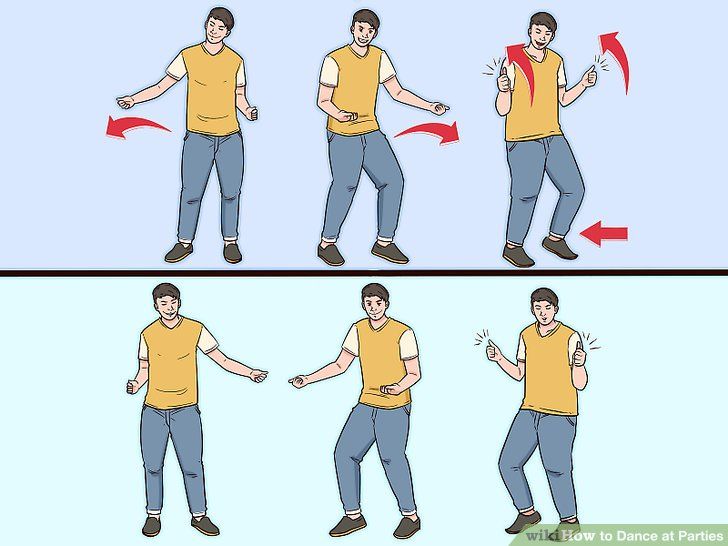 The quality of individual performance determines the craftsmanship.
The quality of individual performance determines the craftsmanship.
8. Try on the images of inspiring dancers
A psychological life hack for those who have already mastered the steps, but still feel that there is not enough brightness and drive. Most are terribly afraid of being someone else's "clone". Here the action is the same as under the influence of hypnosis - the more you resist, the more you plunge into an altered state of consciousness.
With a high degree of probability, you are already dancing like someone else's "clone". A meaningful fitting of someone else's image is that you mentally take the image of the one who inspires you (inspiration is critical in this case) and "put on" yourself. Then you start dancing and trying to feel in general how it is to be able, for example, to be the best partner or the sexiest partner in a disco. This is much more difficult than it seems. But it works extremely efficiently.
9. Dance to offbeat music
Dance to offbeat music
Habitual rhythms keep you tight. Tango salon or speedy timba leave little room for experimentation and fantasy. Pattern dancing is always noticeable and is reserved for beginners.
The truly new is born outside of the usual. Look for places to experiment. If there is no place, organize self-training. The main thing is not to get carried away, because music determines the style. We bring something new to pair dances, rather than trying to change them.
Search, improvise, don’t be afraid to go beyond, develop in different directions, be inspired by music atypical for style
10. Try your hand at basic dance directions
dances exist according to their own non-choreographic laws.
This is the deepest delusion, which has turned into a ceiling for the qualitative development of partner dances. After all, all professional dancers, for example, in salsa or bachata, build their ideas on the basic choreographic principles.
Do not think that choreography is only applicable on stage. Any meaningful movement of the body can be choreographic. In general, try classical or modern choreography. Basically, hip-hop can work too.
11. Look for battle sensations
Pair dances return us to an active position of manifestation of our body. As in the days of our ancient ancestors, we impress the members of the opposite sex by how dexterous, hardy, sexy, etc. we are. Modern laws of the jungle in the entourage of large cities.
If you look around the dance floor, it becomes clear that the majority are clearly herbivores (not in the sense of vegetarians, but in relation to those around them). I am sure that predators are always more interesting in terms of the attractiveness of the image - try to find a counterbalance among herbivores, for example, a cat woman or a lion man.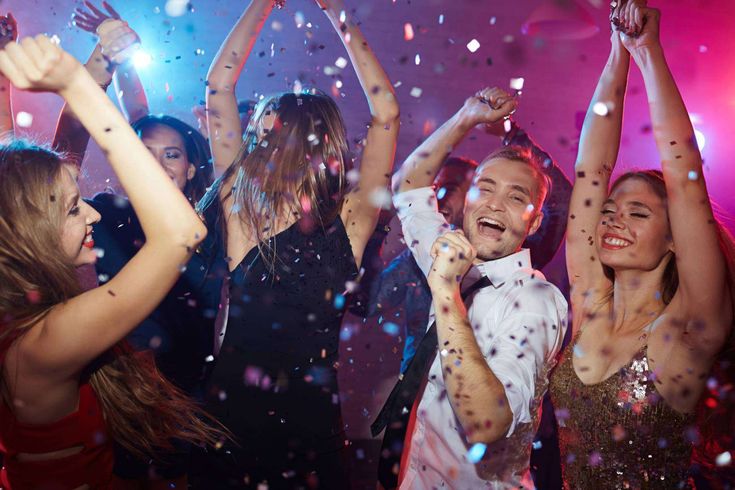
The conversation is about an internal position, not about aggressiveness. Lability and lack of control are inherent in adolescents, and not in adult self-sufficient people.
Accordingly, even a training or friendly battle gives, on the one hand, practical skills - to make a bright sequence of movements, bring an idea to a climax, show a spectacular feature, on the other hand, develops the psychological basis of the dance - self-confidence, resistance to extraneous attention, self-control and self-control in complex elements.
12. Communicate with professionals
The environment shapes the internal position. Basically, real passionaries of the dance community are ready to openly talk, discuss and support the development of dance in every possible way. Universal principles and the ideas they articulate have a much longer and more practical perspective than meets the eye.
Accept that, for example, behind the words "listen to your partner" is not only a beautiful metaphor, but also a practical skill to literally listen to your partner. At the same time, always treat every thought, even the most respected teacher, as a private opinion.
At the same time, always treat every thought, even the most respected teacher, as a private opinion.
Your skill will lie in finding the scope of the idea even in conflicting opinions. Most often, the contradiction is speculative and the truth lies in the angle of perception or situationality.
Your dancing growth will stop sooner or later. This can happen at the level of three basic steps or years of experience in teaching and show performances. Regardless of your level, the suggested 12 life hacks can get you off the ground and greatly accelerate your dance growth. There is no way here without your motivation and activity. Take your dance development into your own hands.
share an article with friends
| Salsa |
| BACHAS |
Lessons of Argentine tango in Moscow - Mamita
School of Dance Sals Dangerous sexuality
Salsa: destroyers of stereotypes
Couple dancing as a source of strength.